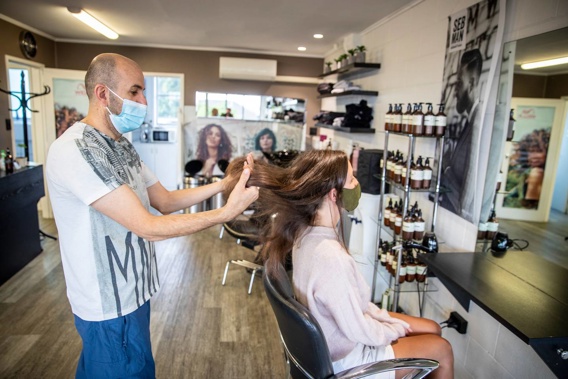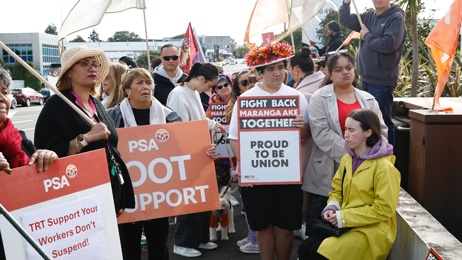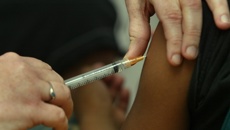
New Zealand will move to the red traffic light setting within 24-48 hours of Omicron entering the community - but what does life in red really look like?
As Northland now joins the rest of New Zealand at the orange traffic light setting, Prime Minister Jacinda Ardern has confirmed that there won't be lockdowns when Omicron spreads widely.
Ardern said the Government knew, from the experience of other countries, that it could take as little as 14 days for Omicron cases to grow from the hundreds into the thousands.
Most of those people who catch Omicron will need to self-isolate at home - with officials encouraging people to be prepared.
While the red traffic light setting is not as restrictive as previous lockdowns in alert level 3 and 4, there are still rules businesses and people must abide by.
Ardern said mask use, social distancing and restricted sizes of gatherings were a focus.
Red level
Red is the most restrictive traffic light setting, but domestic travel can continue. There would be no more borders around regions, such as the recent Auckland borders.
The red-light setting will be applied to areas where action is deemed necessary to protect vulnerable communities and the health system from unsustainable hospitalisations of people with Covid-19.
In red, face coverings are mandatory when travelling on public transport, in retail and to an extent in education. Public facilities and retail outlets are open, with capacity limits.
With a vaccine pass, many businesses and events can have a maximum of 100 people, including hospitality, gyms, weddings and tangihanga. Without passes, hospitality services must remain contactless and the aforementioned gatherings are limited to 25 people.
People should work from home if appropriate, while tertiary education, schools and early childhood care centres remain open with public health measures in place.
Tertiary students must study remotely if they don't have a vaccine pass.
Gyms and close contact businesses such as hairdressers and beauty salons can open in red as long as public health measures are in place.
Orange level
The orange setting is intended for regions where community transmission is pressuring the health system.
The primary change at orange from red is that, with vaccine passes, there are no limits on gathering sizes for hospitality outlets or at in-home functions, weddings, tangihanga, gyms etc.
Without vaccine passes, hospitality is still contactless while gathering and event size limits are restricted to 50 people.
Just like any other level, scanning in at locations is required. Face masks are also required on flights, public transport, in shops, and at public venues.
While public facilities and shops can open in orange, 1m distancing must be used when out and about.
Workplaces, schools, early childcare centres and gyms are able to open with public health
measures in place.
Just like in red, close contact businesses and gyms can reopen as long as vaccine passes are used.
In terms of gatherings and events, up to 50 people can attend a gathering at home, weddings, Tangihana etc if vaccine passes are not used.
The same rules apply for outdoor community gatherings such as a community fair.
Take your Radio, Podcasts and Music with you









